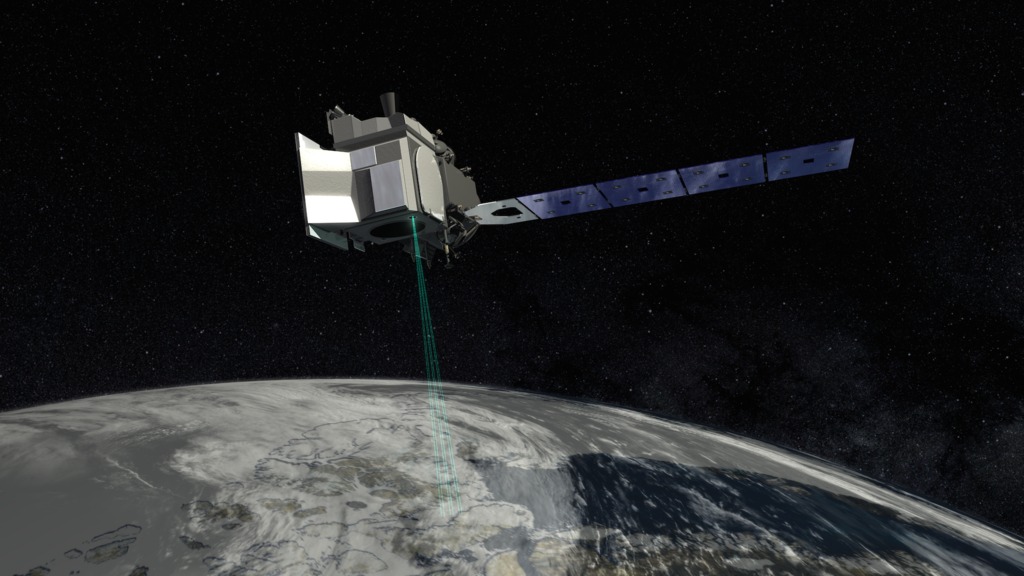
After going into a safe hold on May 10 due to impacts from the strongest solar storm to hit Earth in two decades, the lidar instrument on NASA’s ICESat-2 satellite is scheduled to resume collecting data around June 17. The storm did not cause any detectable damage to the satellite or its instrument.
Between May 7 and May 11, strong solar flares and coronal mass ejections were released from the Sun and sparked a geomagnetic storm at Earth that caused our planet’s atmosphere to expand in places. This created unexpected drag on ICESat-2, rotating the satellite, and triggering the satellite to enter safe hold, which turned off ICESat-2’s science instrument.
The ICESat-2 team has conducted two thruster burns to raise the spacecraft’s altitude, allowing it to now drift back to its normal orbit around 310 miles (500 kilometers) above Earth. Once there, the team will return the Advanced Topographic Laser Altimeter System instrument to science mode, to continue measuring the height of Earth’s ice, water, forests, and land cover.
